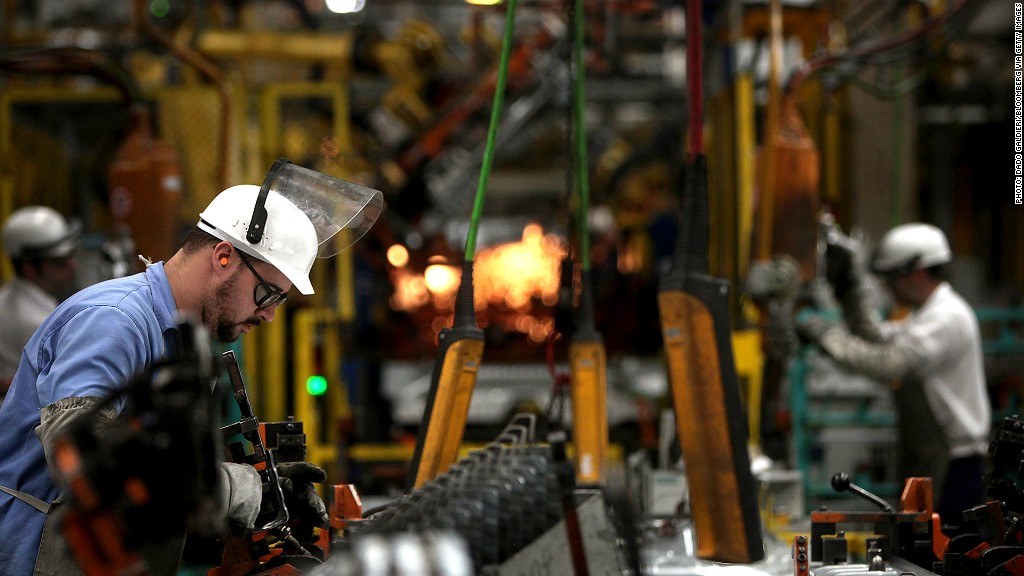Despite a drop off in automobile manufacturing, total US manufacturing output rose for a 5th straight month in October. According to The Federal Reserve, manufacturing production rose 0.3 percent last month. According to Reuters, economists had predicted a rise of 0.2 percent for October.
The figures were beyond expectations for October and suggest an underlying strength in US factory output, despite dips in auto production.
Manufacturing Gains Offset Other Losses
October’s rise in manufacturing production offset decreases in mining and utility output, leading to a 0.1 percent gain in industrial production last month. Industrial output rose 0.2 percent in September.
Manufacturing accounts for about 12 percent of the economy. The upward trend in manufacturing output has been spurred along by a strong domestic economy. But will the growth continue? There are signs that the momentum cannot be sustained due to growing capacity constraints amid labor shortages and more expensive raw materials.
Also, the growth in US manufacturing output is primarily based on the strengthening domestic economy, but a strong dollar, cooling global growth, and fear of retaliation for Trump tariffs, are restraining exports. Many believe that growth in the manufacturing sector cannot be sustained by domestic sales alone. In fact, according to a report recently issued by Supply Management earlier this month, what it refers to as the “export-orders gauge” fell for the third time in four months, while new orders decelerated for the fourth month in five.
This report echoes the concerns of many economists that President Trump’s trade war with China is starting to inflict more pain on manufacturing, even as the gross output numbers, as mentioned above, indicate that the manufacturing sector continues to expand.
Exports and the “Trade War” with China
The Supply Management data comes on the heels of other reports that came out mid- November, that also indicates that manufacturing in some of Asia’s most export-driven economies softened in October, highlighting spillovers from the trade spat. However, US stocks rallied recently, after President Trump said he had a productive conversation with Chinese President Xi Jinping on trade.
This all means that, as with any economic indicator, the better than expected manufacturing numbers posted in October, cannot be looked at in a vacuum. While it is true that any number that indicates growth is a good thing, one must also look at the overall picture. True, the Trump economy is strong, but analysts are also monitoring factory reports to assess whether the tax-cut-driven boost to business investment may be fading. Figures last week showed corporate spending on large ticket items such as equipment, cooled in the third quarter to the slowest pace of gains since 2016.
However, on the plus side of things, the job market remains stable, and the October jobs report showed that along with an increase in total output, manufacturing payrolls climbed.
Recently, Federal Reserve Chairman Jerome Powell expressed confidence in U.S. economic strength, and despite his admission that in “the global economy”, there has been “a gradual chipping away” at growth, the US economy “is in such a good place right now” and he credited the Fed’s monetary policy for mostly encouraging that growth.




